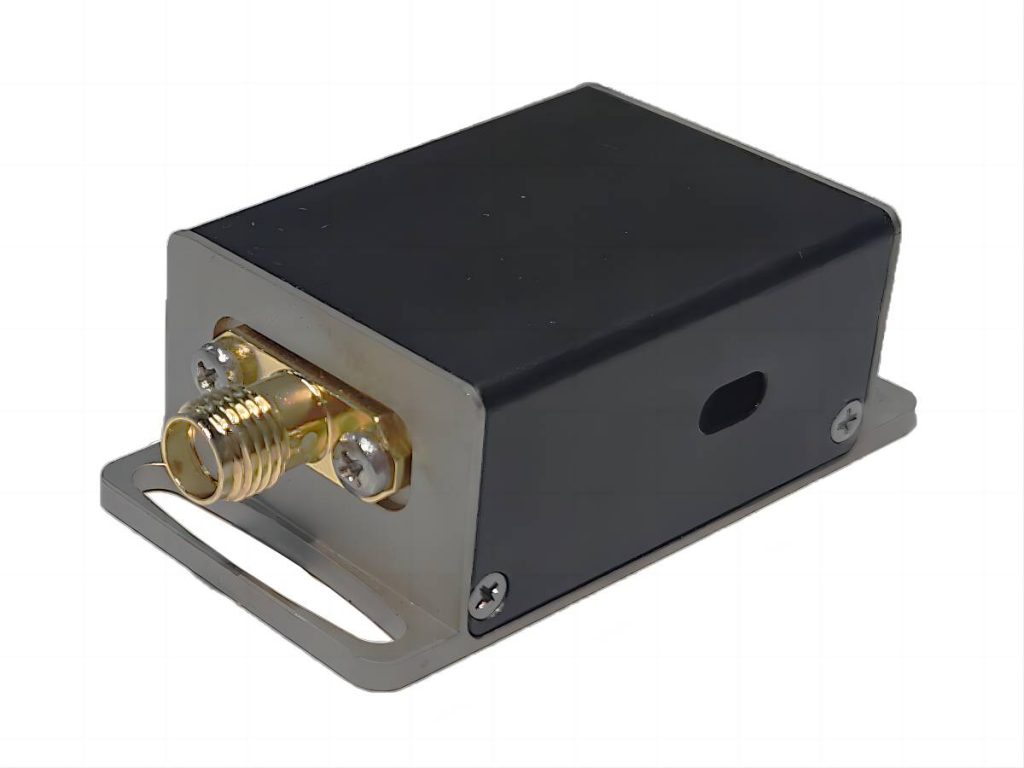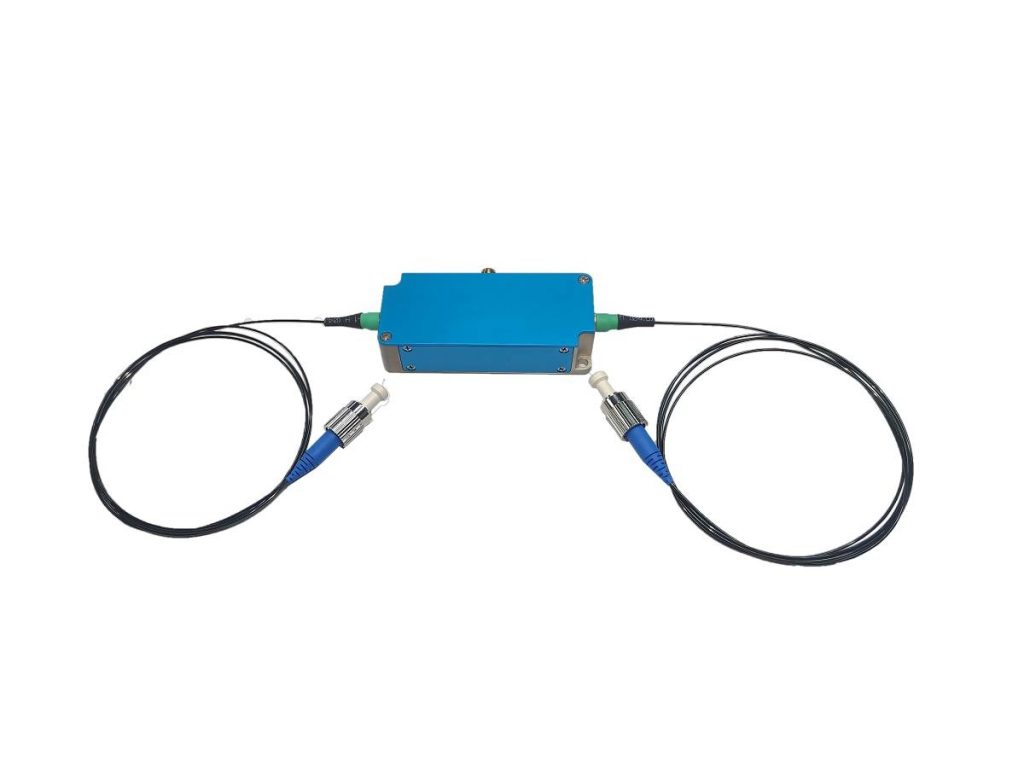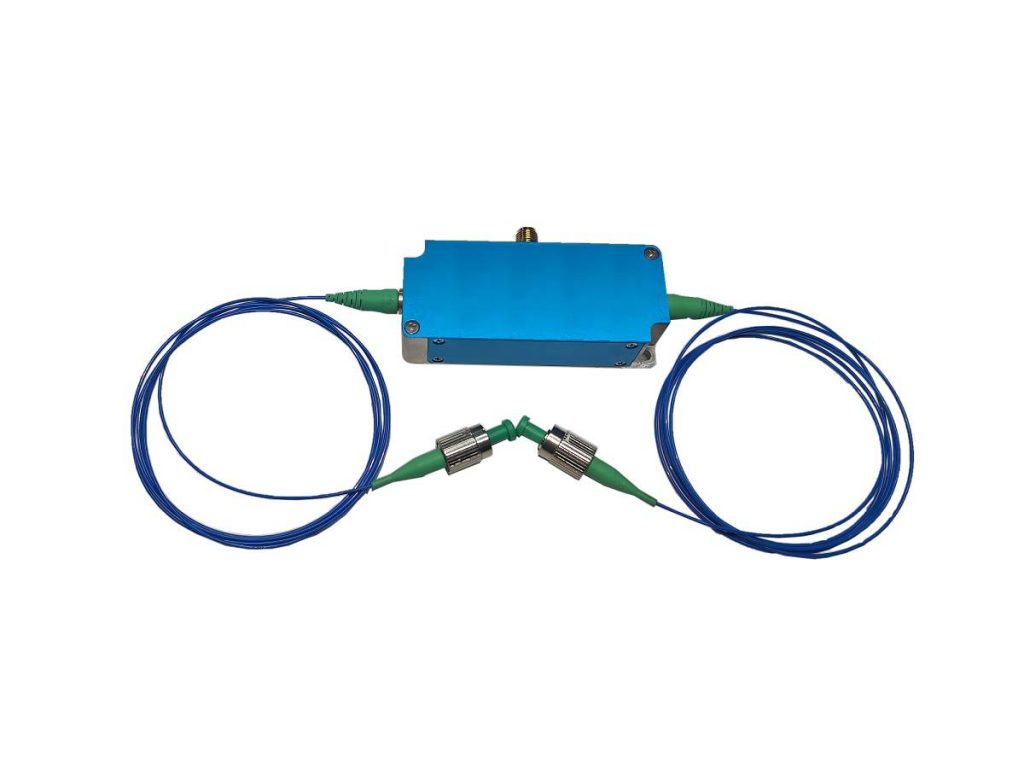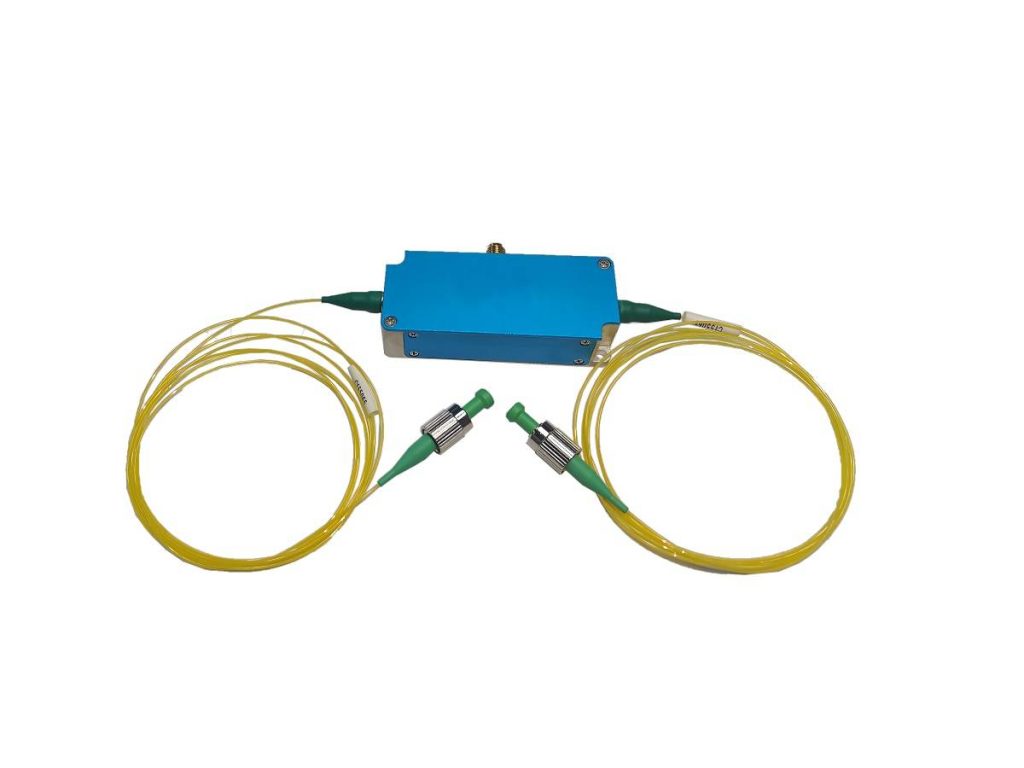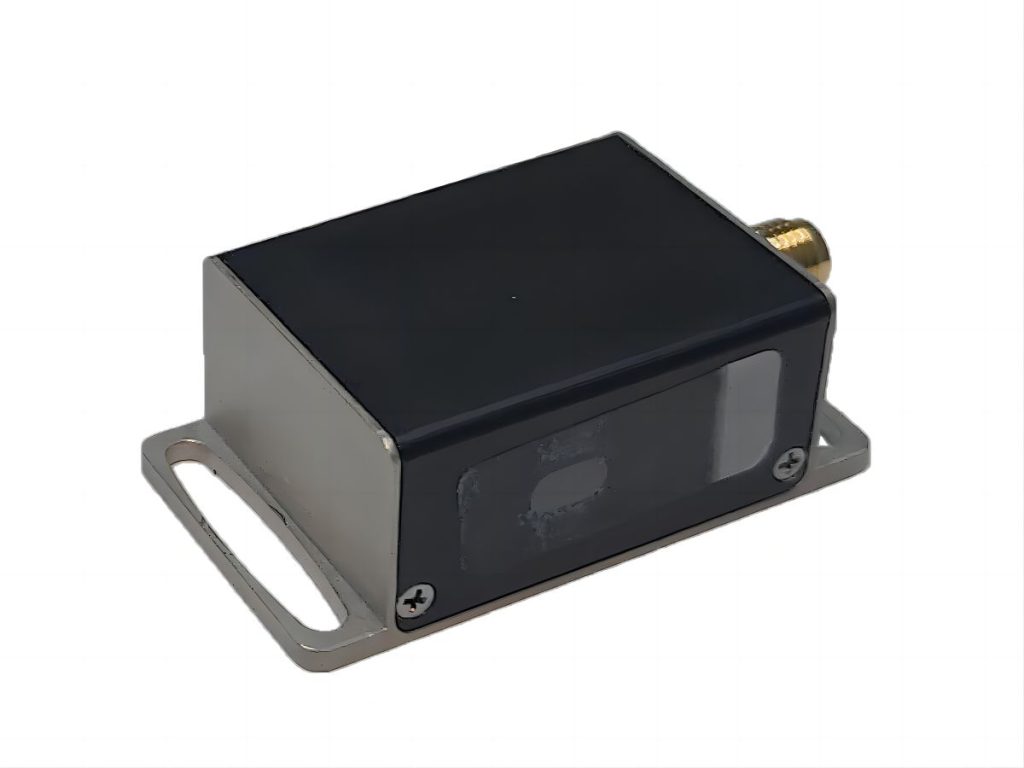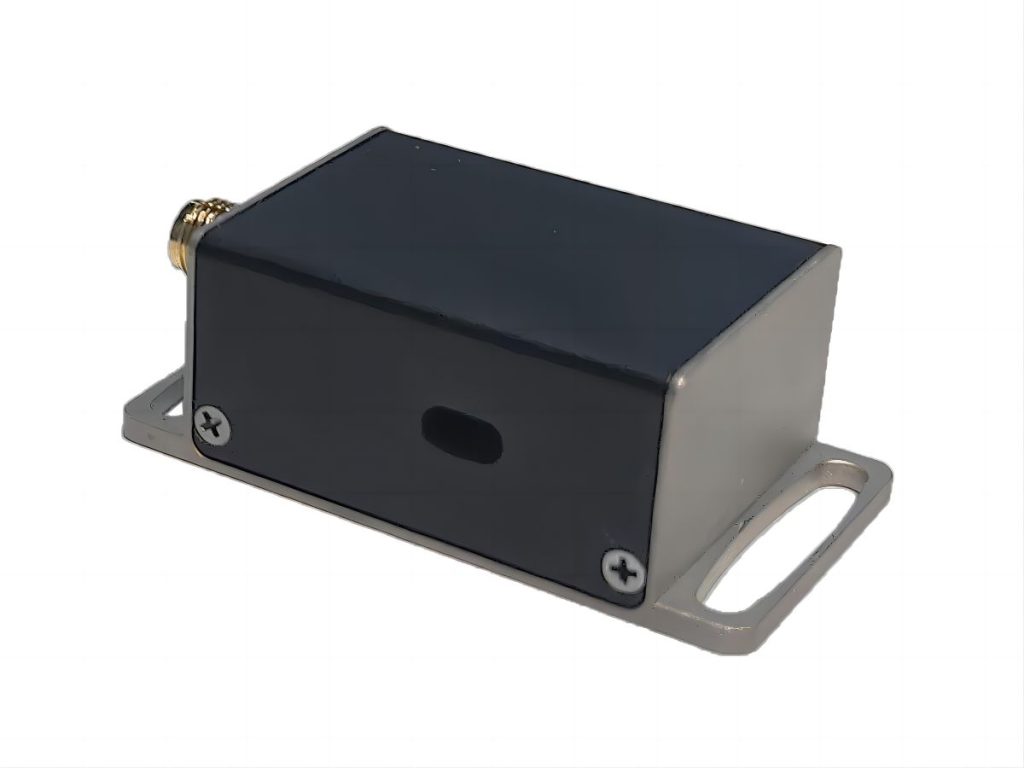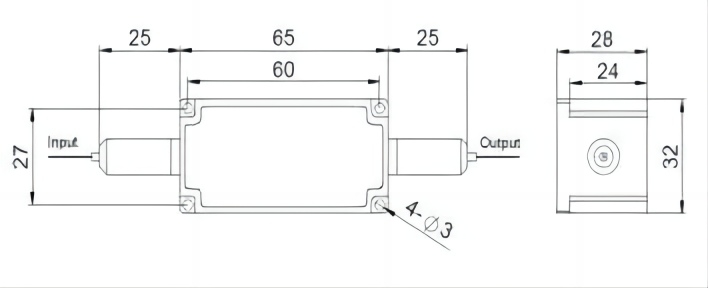Roles of Acousto-optic Modulators and Passive Optical Receivers in Communication Systems
In the realm of modern communication technology, the efficient and reliable transmission of information over long distances is paramount. Two critical components that enable this are passive optical receivers and acoustic optical modulators. These devices play distinct yet interconnected roles in the processing of optical signals within fiber optic communication systems. This article aims to elucidate the functions and physical principles of passive optical receivers and acoustic optical modulators, highlighting their importance in the transmission and manipulation of data.
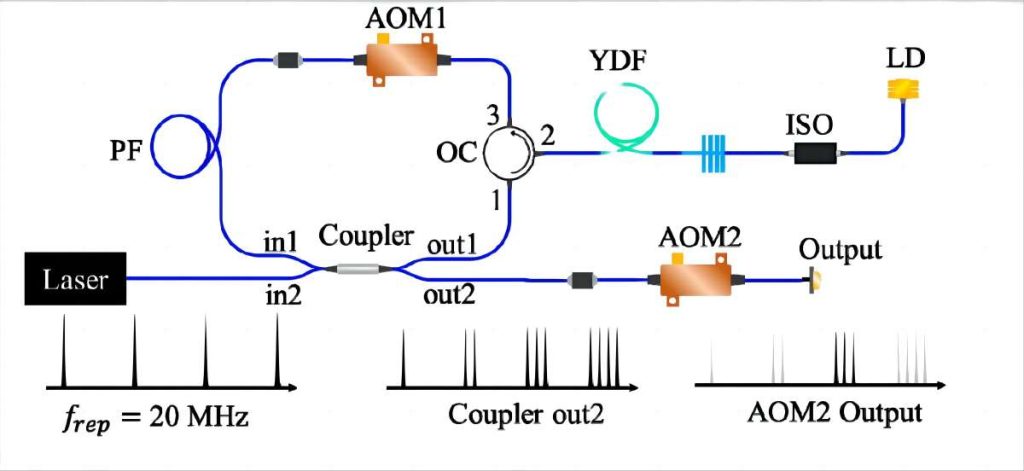
How Acoustic Optical Modulators Modulate Optical Signals
Acousto-optic modulators (AOMs) are active optical components that play a crucial role in modulating light signals within communication systems. Unlike passive optical receivers, which convert optical signals into electrical signals, AOMs modulate the properties of light waves, such as their intensity, frequency, based on an input electrical signal. This modulation is essential for various applications, including signal processing, laser frequency control, and the encoding of data onto optical carriers.
Principles of Optical Signal Modulation
The operation of acousto-optic modulators is based on the acousto-optic effect, a phenomenon where sound waves interact with light waves within a medium, causing changes in the light’s properties. The acousto-optic effect is the foundation for the modulation process, enabling the precise control of light waves in optical communication systems.
1. Acoustic-Optic Effect
The acousto-optic effect occurs when an acoustic wave, typically generated by a piezoelectric transducer, propagates through an optical medium, such as a crystal. The acoustic wave creates periodic variations in the refractive index of the medium, forming a dynamic diffraction grating. As light waves pass through this grating, they are diffracted, and their properties are modulated. The extent of modulation depends on the frequency and amplitude of the acoustic wave, allowing for the control of various aspects of the light wave, including its intensity, frequency.
2. Components of an Acousto-Optic Modulator
An acousto-optic modulator typically consists of several key components:
- Medium: A crystal or other optical material through which the acoustic wave propagates and interacts with the light wave.
- Transducer: A piezoelectric device that generates an acoustic wave when driven by an electrical signal.
- Absorbing or Reflecting Device: A component that either absorbs the acoustic wave after it has interacted with the light or reflects it back into the medium for further interaction.
- Driving Power Source: An external power source that supplies the electrical signal to the transducer, initiating the modulation process.
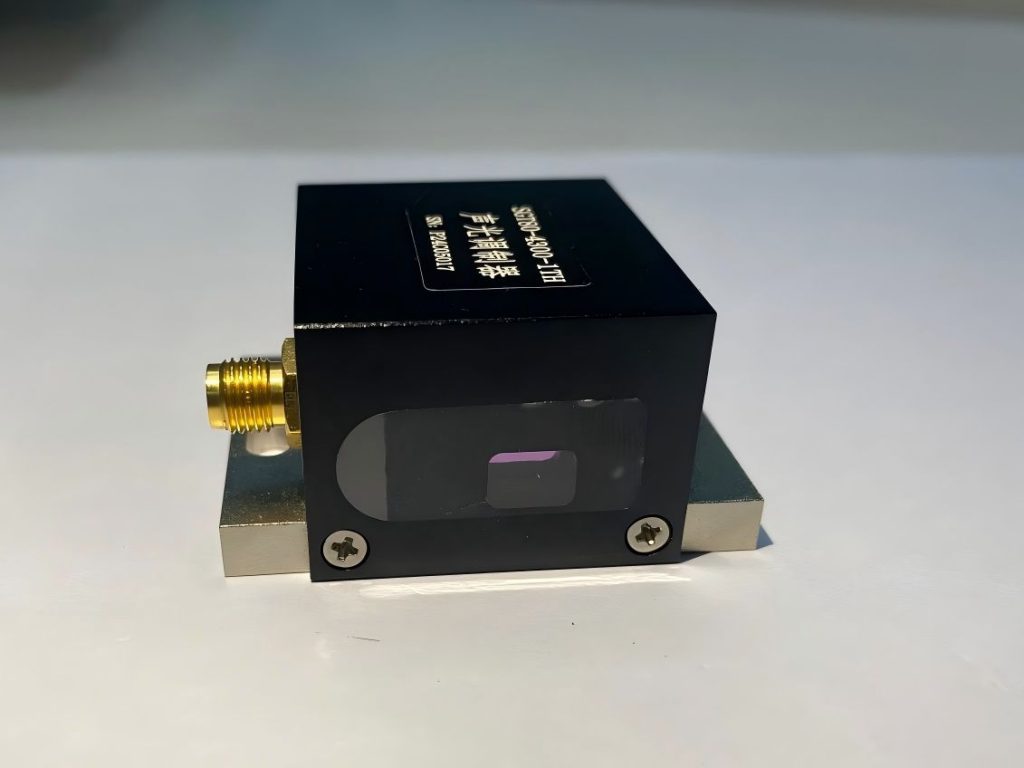
1. Process of Signal Modulation
- Sound Wave Generation: The transducer generates sound waves of a desired frequency and amplitude.
- Refractive Index Modulation: As the sound waves propagate through the medium, they create regions of varying refractive index. This is due to the compression and rarefaction caused by the sound waves.
- Light Diffraction: When the light passes through these regions of varying refractive index, it is diffracted. The amount of diffraction depends on the frequency and amplitude of the sound waves.
- Intensity Modulation: By controlling the amplitude of the sound waves, we can modulate the intensity of the diffracted light. This is the basis for amplitude modulation (AM) in optical communications.
- Frequency Modulation: By varying the frequency of the sound waves, we can change the angle of diffraction. This can be used for frequency modulation (FM) or to select specific wavelengths of light.
Modulation Techniques
Acousto-optic modulators can achieve different types of modulation by varying the frequency and amplitude of the acoustic wave. The most common modulation techniques include:
- Intensity Modulation: Varying the amplitude of the acoustic wave to control the intensity of the modulated light wave.
- Frequency Modulation: Adjusting the frequency of the acoustic wave to shift the frequency of the light wave.
The performance of an acousto-optic modulator is characterized by its modulation bandwidth and diffraction efficiency. The modulation bandwidth determines the range of frequencies over which the modulator can effectively operate, while the diffraction efficiency indicates the proportion of the light wave that is successfully modulated. Achieving optimal modulation often requires tuning the acoustic wave to the Bragg frequency, a specific frequency at which the diffraction efficiency is maximized.
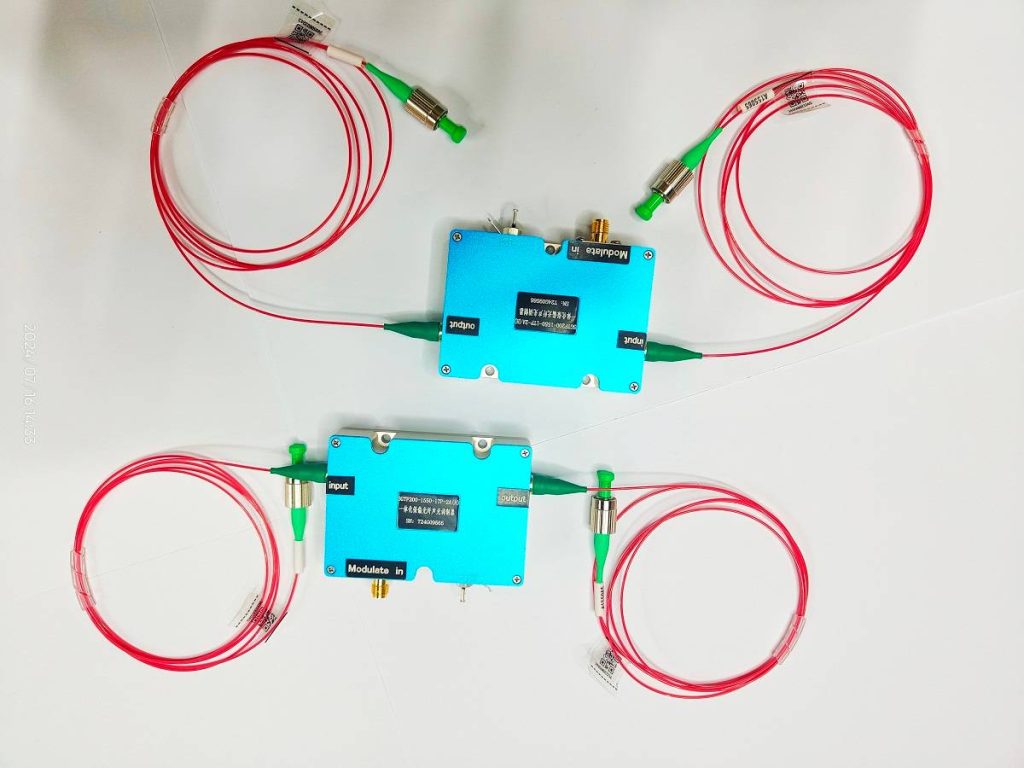
How Passive Optical Receivers Convert Optical Signals to Electrical Signals
Passive optical receivers serve as the crucial interface between optical fiber communication systems and electronic equipment. Their primary function is to convert incoming optical signals into electrical signals that can be processed by electronic circuitry. This conversion process is essential for ensuring the successful transmission and reception of data over long distances.
Process of Converting Optical Signals to Electrical Signals
The conversion of optical signals to electrical signals within a passive optical receiver involves several key steps, each critical to the accurate and efficient transmission of data. The following table shows the detailed steps:
| Step | Description | Key Components/Principles |
| Signal Reception | The process begins with the reception of light signals through optical fibers. These signals, carrying data as modulated light waves, are transmitted over long distances with minimal loss. | Optical fibers, light signals, high-speed communication |
| Photodetection and Photoelectric Conversion | The light signal reaches a photodetector (typically a photodiode) in the receiver. The photodetector absorbs photon energy, generating electron-hole pairs through the photoelectric effect, producing a photocurrent. | Photodetector (photodiode), photoelectric effect, electron-hole pairs |
| Signal Amplification | The weak photocurrent generated is amplified by preamplifiers to boost the strength of the electrical signal, making it suitable for further processing. | Preamplifiers, electrical signal amplification |
| Signal Processing | The amplified electrical signal undergoes filtering to remove noise and unwanted frequencies, and shaping to restore the original signal’s shape, ensuring accurate data representation. | Filtering, signal shaping, noise reduction |
| Electrical Signal Output | The final processed electrical signal is outputted to electronic devices for data reception and decoding, enabling high-speed data transmission over long distances. | Processed signal output, data reception, signal decoding |
Key Considerations in Passive Optical Receiver Design
- Sensitivity: The receiver should be able to detect weak optical signals.
- Noise performance: The receiver should have a low noise figure to minimize noise-induced errors.
- Dynamic range: The receiver should be able to handle a wide range of input signal levels.
- Bandwidth: The receiver should have sufficient bandwidth to accommodate the desired data rate.
- Power consumption: The receiver should be energy-efficient to reduce operating costs.
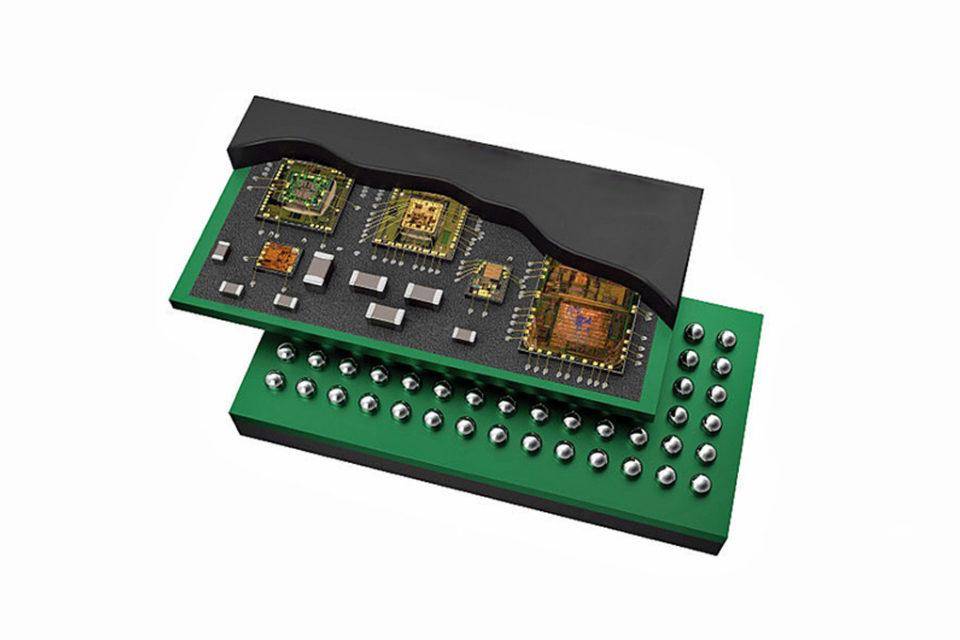
Differences Between Passive Optical Receivers and Acoustic Optical Modulators
The primary difference between passive optical receivers and acoustic optical modulators lies in their function and the underlying physical principles that govern their operation.
| Aspect | Passive Optical Receivers | Acoustic Optical Modulators |
| Function | Convert optical signals to electrical signals for processing. | Modulate optical signals to encode information for transmission. |
| Physical Principle | Photovoltaic effect | Acousto-optic effect |
| Nature of Operation | Passive | Active |
| Dependency on External Energy | No external energy source required; operation solely dependent on photon absorption. | Requires an external energy source (electrical signals) to generate mechanical vibrations. |
| Key Components | Photodiode or photodetector | Medium (crystal), transducer, electrical signals |
| Signal Processing Role | Initial stage of signal processing, ensuring conversion of optical signals to electrical form. | Pre-transmission stage, responsible for encoding information by modulating optical signal properties. |
| Significance in Fiber Optics | Essential for the reception and conversion of optical signals in fiber optic communication systems. | Critical for the encoding and modulation of optical signals before transmission over fiber optic networks. |
In summary, passive optical receivers are the main components that convert optical signals into electrical signals, while acousto-optic modulators are devices that dynamically modulate optical signals through sound waves. There are significant differences between the two in terms of physical principles and applications.

